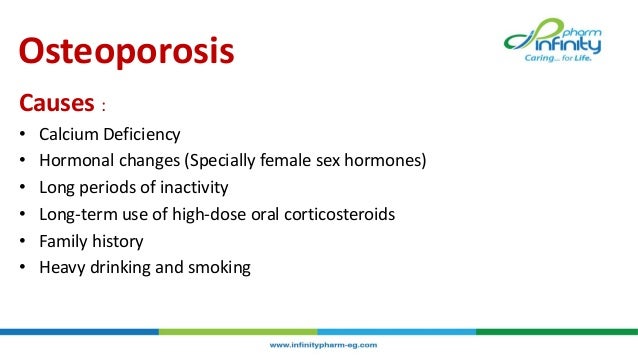

5 To our knowledge this patient presented with the highest phosphorous level ever recorded in literatures above the upper detection limit (more than 16 mmol/liter) in addition to very low Calcium level as well (corrected calcium 1.2 mmol/l) despite fair general condition & almost symptomless presentation. However, as GFR continues to decline and falls below 25 ml/min, the renal phosphate excretion reaches its maximum and excess dietary phosphate accumulates leading to persistent hyperphosphatemia. The above mentioned compensatory mechanisms attempt to normalise serum phosphate and calcium concentrations in CKD patients. Systemic toxicity can lead to severe hypocalcemia or hyperphosphatemia and hepatic necrosis. (eg, arterial tracing on a pressure monitor) before injecting calcium gluconate, which is caustic to soft tissue. PTH increases phosphate loss through the kidney by reducing the number of NaPi co-transporters. Antidotes Antidotes do not play a major role in the treatment of most chemical. The reduced concentration of 1α, 25(OH) 2D 3 leads to a reduction of calcium absorption and stimulates PTH secretion leading to secondary hyperparathyroidism (SHPT). 3 FGF-23 also reduces the concentration of 1α, 25(OH) 2D 3, lowering the effects of sodium dependent phosphate transport protein, NaPi co-transporters in the intestine and consequently reducing phosphate absorption. The two most commonly used preparations are calcium carbonate (e.g., Tums) and calcium acetate (e.g., Phoslo). High calcium levels coupled with low phosphate levels suggest primary hyperparathyroidism, while low calcium levels suggest vitamin D deficiency or malabsorption.

2 n CKD, the decline in the glomerular filtration rate (GFR) is compensated for by an early elevation of the FGF-23 concentration to decrease proximal tubule phosphate re-absorption and attempt to maintain normal phosphate concentrations. FGF23 inhibits production of 1, 25-vitamin D, renal phosphate reabsorption and secretion of PTH. 1 The paradigm for phosphate regulation changed dramatically with the discovery of bone-derived hormone fibroblast growth factor 23 (FGF23), which allows bone to interact with other organ systems involved in the regulation of mineral homeostasis. Hyperphosphatemia can occur when the kidney function is impaired to the extent that reduced renal phosphate excretion and other homoeostatic mechanisms fail to eliminate excess phosphate.


 0 kommentar(er)
0 kommentar(er)
